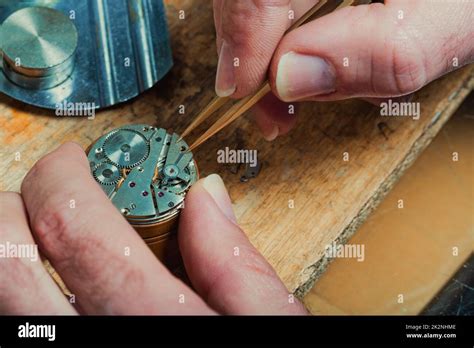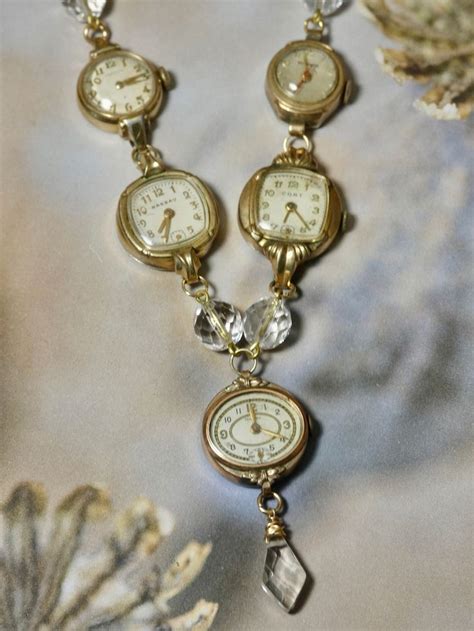In the world of luxury, men are often drawn to certain purchases that signify status, success, and a refined taste. From high-end vehicles to bespoke suits, these items fulfill a desire for quality and exclusivity. However, when viewed through the lens of a financial investment, many of these aspirational purchases quickly reveal their true colors, often to the detriment of one’s wallet. Among the most common luxury acquisitions, high-end luxury watches stand out as a particularly poor financial investment for the vast majority of buyers.
The Allure of the Wrist
There’s an undeniable romance associated with luxury watches. Brands like Rolex, Patek Philippe, Audemars Piguet, and Omega evoke images of intricate craftsmanship, storied heritage, and timeless design. For many men, owning such a timepiece is a rite of passage, a personal reward for hard work, or a tangible symbol of achievement. It’s an item that often sparks conversation, offers a sense of connection to history, and can be passed down through generations. The perception often is that these aren’t just accessories; they are investments, heirlooms, and even liquid assets that hold or increase in value.

The Harsh Reality: Depreciation’s Grip
While the emotional and aesthetic value of a luxury watch can be immense, its financial value typically tells a different story. Much like a new car driven off the lot, most luxury watches suffer immediate and significant depreciation the moment they are purchased and worn. Unless it’s an extremely rare, limited-edition model from a highly coveted brand that appreciates due to scarcity and demand, a watch is a depreciating asset. The retail markup includes brand marketing, distribution, and retailer profit margins, all of which are lost to the buyer upon resale.
Many buyers mistakenly believe that because a brand holds its value relatively well compared to others, it’s an investment. The reality is that ‘holding value’ often means only losing 30-50% instead of 70-80%, which is still a substantial loss. The secondary market, while robust for certain models, is primarily driven by enthusiasts and collectors looking for deals, not often by investors seeking guaranteed returns.

Beyond the Purchase Price: Hidden Costs
The financial drain of a luxury watch doesn’t stop at the initial purchase and depreciation. These intricate machines require regular maintenance, much like a high-performance vehicle. A full service, recommended every 3-7 years depending on the brand and movement, can easily cost hundreds to thousands of dollars. These services involve disassembling, cleaning, lubricating, and reassembling hundreds of tiny components, along with replacing worn parts and ensuring water resistance.
Furthermore, owning a valuable timepiece often necessitates insuring it, adding another recurring expense. Any accidental damage, such as a scratched crystal or a damaged movement, can lead to costly repairs that further erode its ‘investment’ potential. These ongoing costs rarely factor into the buyer’s initial assessment but significantly impact the true lifetime cost of ownership.

The Exception, Not the Rule
It is true that a tiny fraction of luxury watches, typically ultra-rare vintage pieces, limited editions, or specific highly sought-after models from top-tier brands (e.g., certain Patek Philippe Nautilus or Rolex Daytona references), have seen significant appreciation. However, these are highly specialized markets requiring immense expertise, capital, and often, luck. Relying on this exception is akin to buying lottery tickets hoping for a jackpot; it’s not a sound investment strategy for the average consumer looking to purchase a watch for personal enjoyment or status.
For most men purchasing a luxury watch, it should be viewed as a discretionary expenditure, similar to a high-end vacation or a piece of art. Its value is primarily in the enjoyment it brings, the craftsmanship it embodies, and the statement it makes, not in its ability to generate financial returns.

Financial Prudence Over Status Symbols
The money spent on a luxury watch could, in many cases, be invested in assets with a much higher likelihood of appreciation, such as diversified stock portfolios, real estate, or even one’s own business. The opportunity cost of tying up significant capital in a depreciating asset is substantial. While there’s nothing inherently wrong with enjoying luxury items, labeling them as investments can be a dangerous self-deception that leads to poor financial decisions.
Ultimately, true financial security and wealth are built on sound investment principles, saving, and smart money management, not on the conspicuous consumption of items that largely serve as temporary status symbols. For those who can comfortably afford it and genuinely derive joy from owning a luxury watch, it can be a wonderful personal indulgence. However, for those stretching their budget or hoping for a financial return, it’s almost invariably a poor financial investment.





